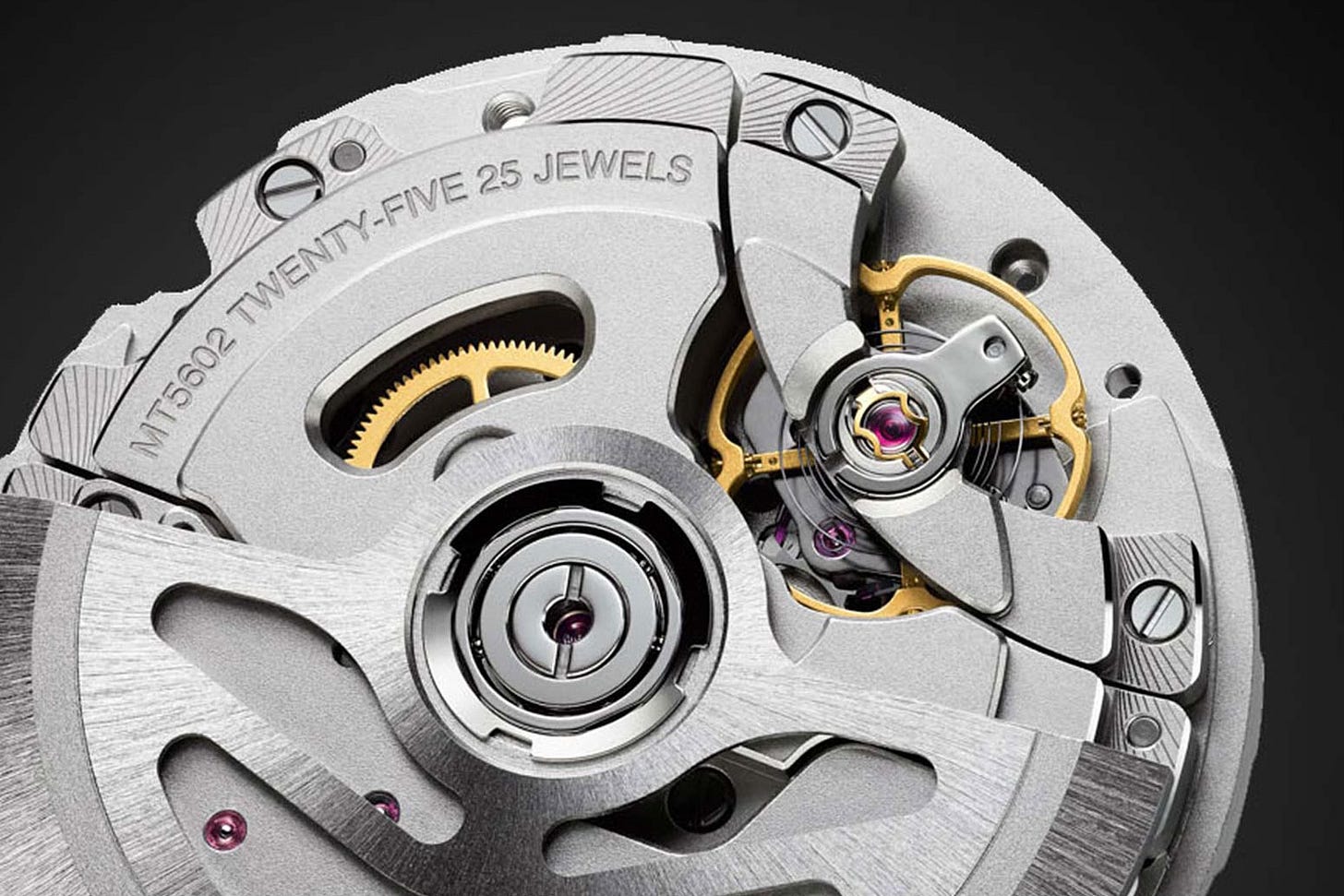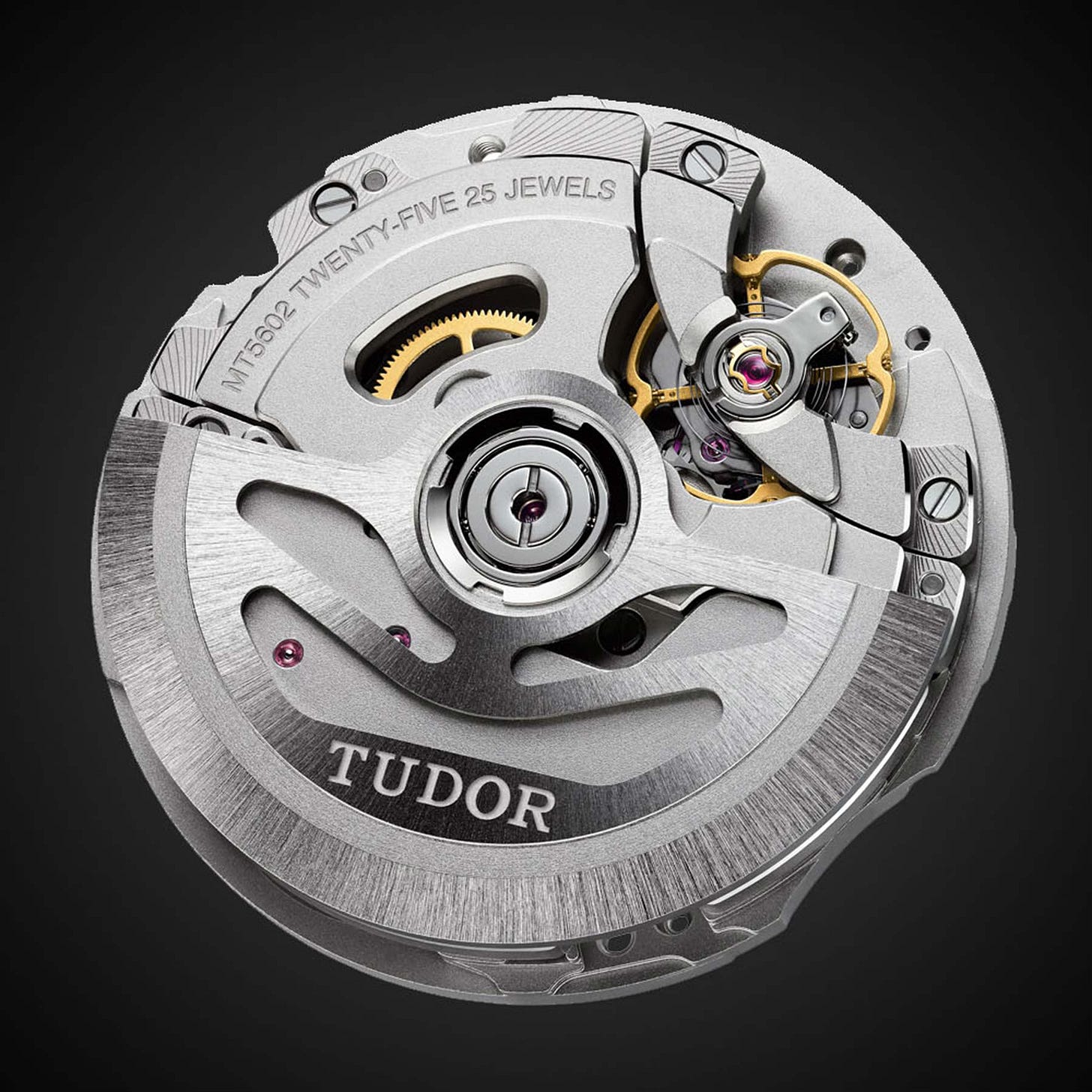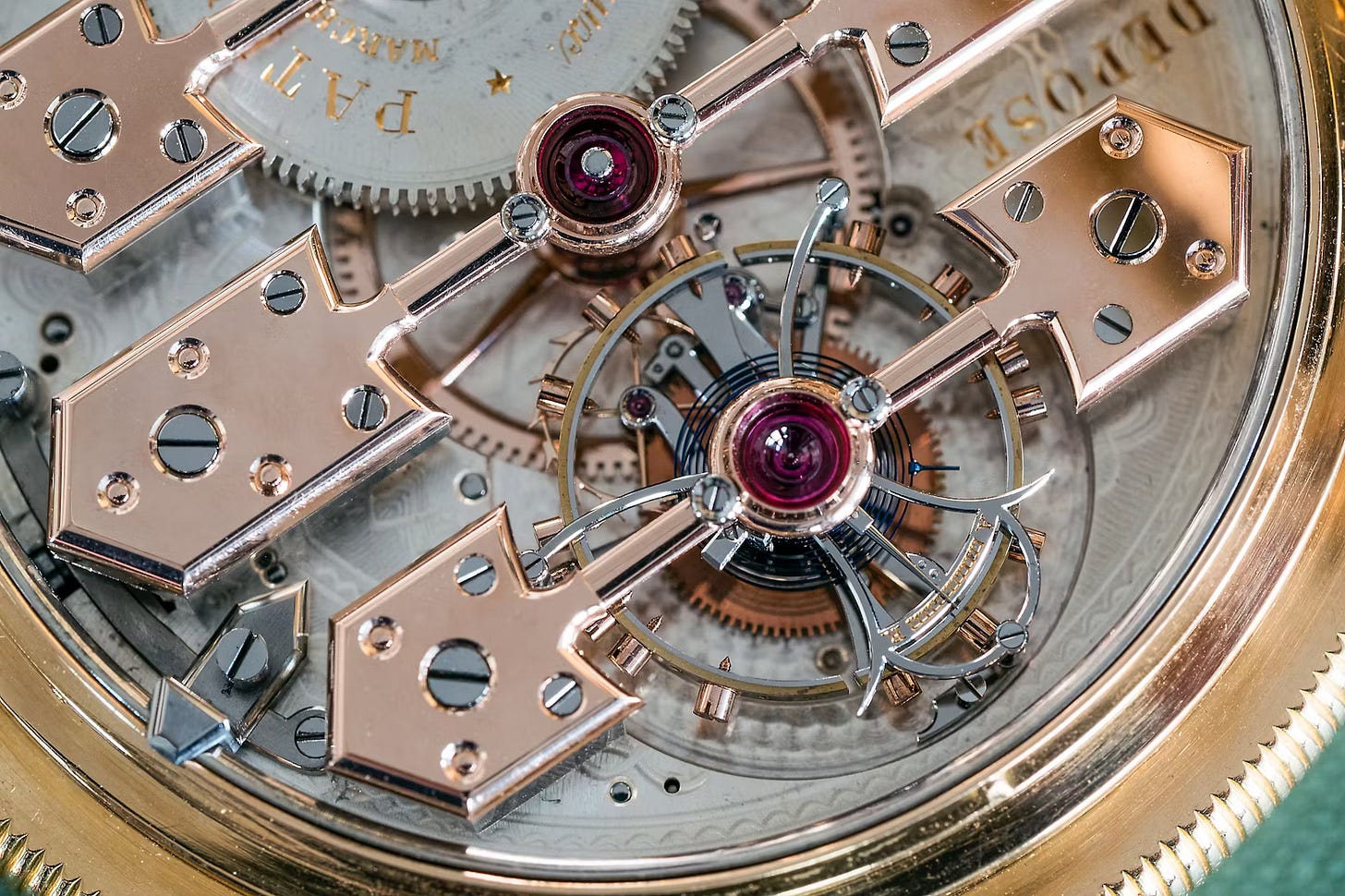Precision: The Freesprung Balance
From Rolex to Omega and more, freesprung balances are the industry standard. Here's why – and why it wasn't always true.
The impetus for this story came from something about which I’ve wondered for many years but didn’t start to really research properly until fairly recently. The so-called freesprung balance is generally thought to be better for precision than a balance with a balance spring that uses a regulator, and today, many watch brands produce freesprung balances at industrial volumes, including Rolex, Patek Philippe, and Omega, as well as many other brands, from small independents to larger volume manufacturers. A freesprung balance is one in which there is no regulator, which is a device used to change the effective length of the balance spring. This allows you to increase or decrease the elasticity of the spring, and therefore, to increase or decrease the frequency of the balance and hence the rate of the watch.
Recognizing a freesprung balance is easy, but let’s look at its opposite first. Let’s start out with a watch movement that instead of using a freesprung balance, uses a regulator.
This particular regulator is from a 21 jewel Waltham Riverside pocket watch, but you can see the same basic arrangement in countless other watch movements. The regulator consists of the regulator index, which is the needle pointing to the scale marked F and S; the regulator itself; and the two very small, vertically oriented curb pins. The regulator can be moved back and forth in an arc by moving the index back and forth. The curb pins sit on either side of the outer final, or terminal curve, of the balance spring, and changing the position of the regulator changes the effective length of the balance spring.
Now, let’s look at a freesprung balance. This is a modern movement, made by Kenissi for Tudor, and as you can see, there is no regulator.
Instead, the rate of the watch is adjusted by means of meantime screws on the balance. Turning the screws so that they project either a greater or lesser distance from the balance rim, changes the effective radius, and therefore moment of inertia, of the balance. This is overwhelmingly the preferred system in modern movements designed for precision and long term rate stability, but this was not always the case. In fact, for many decades, the highest precision watch movements, including those designed for the observatory competitions, had both regulators and meantime screws on the balance. To add to the confusion, regulators are seldom if ever found in marine chronometer. The conventional wisdom is that a freesprung balance is always the better choice if what you want is the last word in precision.
The question therefore is, if a freesprung balance is inherently better, why are watches with regulators found so often in the observatory trials, where precision was the goal? This is a picture of the watch that got me wondering.
This is the balance, tourbillon cage, and escapement of a Girard-Perregaux observatory tourbillon from the 1880s; it ran to less than a second mean deviation in rate per day, and it indisputably has both meantime screws and a regulator. I would have thought it both unnecessary and undesirable to have both in the same precision timekeeper but as it turns out, there are reasons for using both, especially in an observatory competition piece, and thereby hangs a tale.





